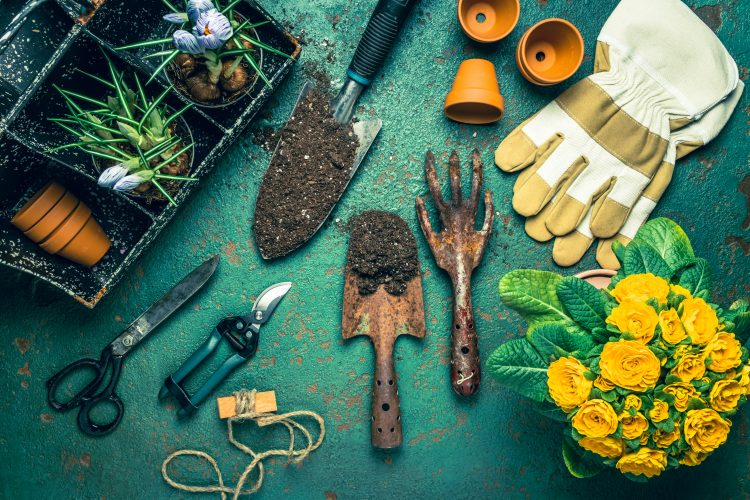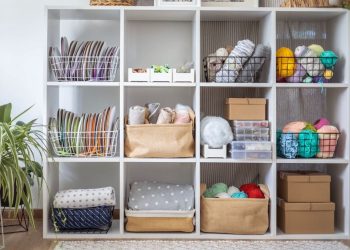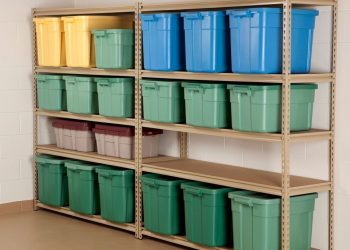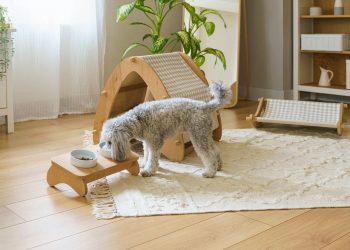Growing vegetables in a garden can save you money at the grocery store. Spending time outside and adopting a more self-sufficient lifestyle can have a positive impact on your mental health. If you get your kids involved, they can learn valuable lessons about science, nutrition, cooperation and patience.
If you’ve never raised vegetables before, the thought of growing your own food might seem overwhelming. Here are some tips to help you get started.
Don’t Try to Do Too Much at First
You don’t have to create a large garden and grow a vast array of produce right away. It’s fine to start with a relatively small area and a few kinds of vegetables. As you get the hang of it and build confidence, you can expand your garden and raise a wider assortment of produce.
Grow What You Like to Eat
Raising vegetables will be an enjoyable and rewarding experience if you grow things that you and your family will eat. Make a list of your favorite vegetables and plant some of them in your garden. You might want to grow some herbs alongside your vegetables.
Select Vegetables That Will Thrive in Your Region
Vegetables have different needs when it comes to weather and soil type. Before you plant anything, do some research so you understand what it needs to thrive. Then figure out if the conditions in your area are suitable.
Plant Vegetables in the Right Season
The current season will affect your planning process. Some vegetables thrive in warmer temperatures, while others do better in cooler weather. After you’ve figured out what you’re interested in growing, find out when is the best time of year to plant each type of vegetable.
Choose a Location and Create a Plan
You’ll need to find a spot that gets a total of at least six hours of direct sunlight per day. The area that you choose will have to be large enough to accommodate the crops you want to raise. Some vegetable plants grow tall, while others spread out close to the ground. You’ll need to arrange your garden so that each vegetable has enough room to grow without crowding out others.
Gather Supplies
You can plant vegetables directly in soil, in raised beds or in containers. Figure out what will work best for you and make a list of supplies you’ll need.
No matter where you plant your garden, you’ll need things like seeds and/or starter plants, compost and mulch. You might also need stakes to support tall plants and products that can protect your vegetables from insects and animals. If you visit a local gardening center or nursery, an employee can give you helpful advice.











